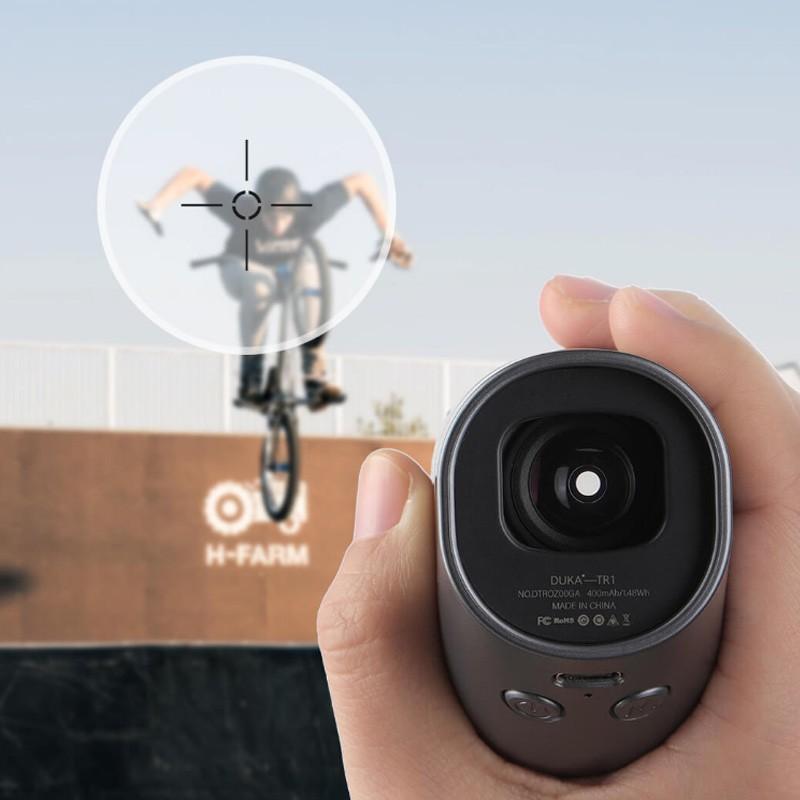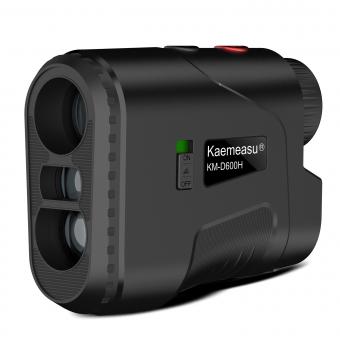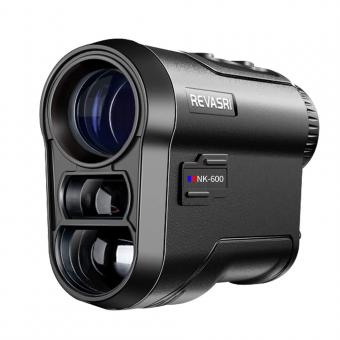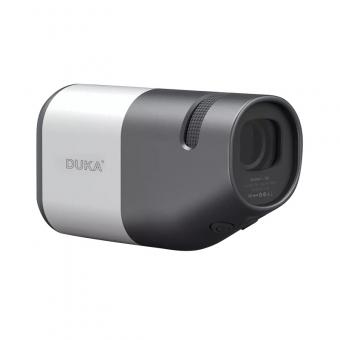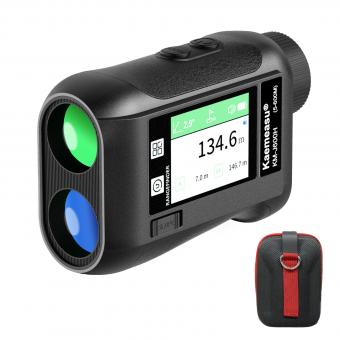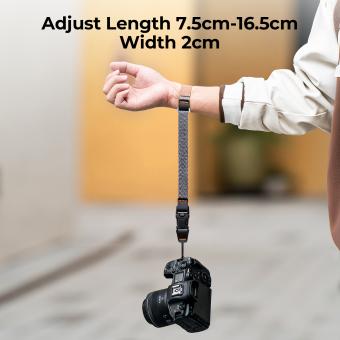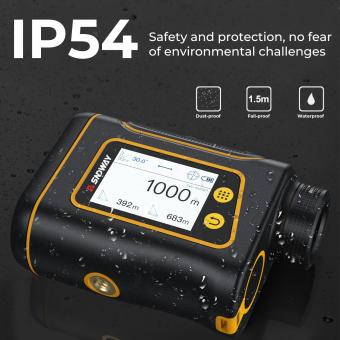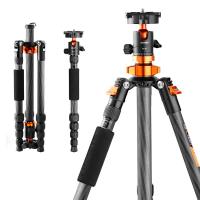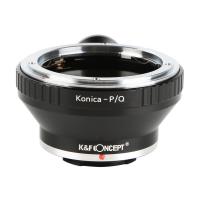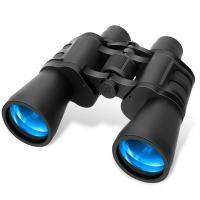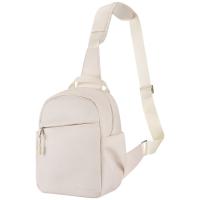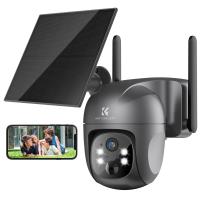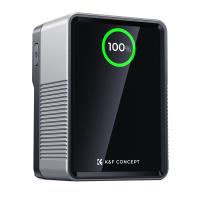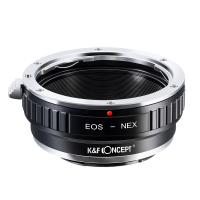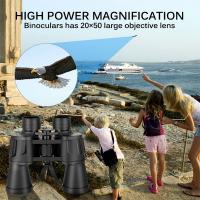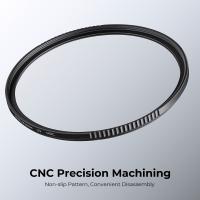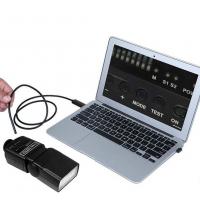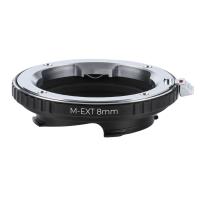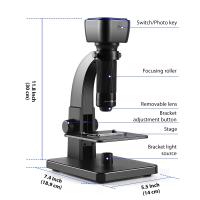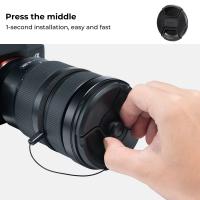Arma How To Use Rangefinder ?
To use a rangefinder in the game Arma, you typically follow these steps:
1. Equip the rangefinder: Make sure you have a rangefinder in your inventory and equip it by selecting it from your gear menu.
2. Activate the rangefinder: Press the designated key or button to activate the rangefinder. This will bring up the rangefinder's interface on your screen.
3. Aim at the target: Point your weapon or crosshair at the target you want to range.
4. Measure the distance: Look through the rangefinder's interface and align the target with the reticle or crosshair. The rangefinder will display the distance to the target in meters or another unit of measurement.
5. Adjust your aim: Use the information provided by the rangefinder to adjust your aim accordingly. This is particularly useful when using long-range weapons or when engaging targets at a distance.
Remember that the specific controls and mechanics may vary depending on the version of Arma you are playing, so consult the game's manual or controls menu for more accurate instructions.
1、 Understanding the Basics of a Rangefinder
Understanding the Basics of a Rangefinder
A rangefinder is a device used to measure the distance between the user and a target. In the context of Arma, a rangefinder is a tool that can greatly enhance your accuracy and effectiveness in combat situations. By accurately determining the distance to your target, you can adjust your aim and make more precise shots.
To use a rangefinder in Arma, you first need to equip it from your inventory. Once equipped, you can activate it by pressing the designated key or button. This will bring up the rangefinder's display, which typically shows a reticle or crosshair along with a numerical readout of the distance.
To measure the distance to a target, simply align the reticle or crosshair with the target and read the displayed distance. It's important to note that rangefinders in Arma are affected by factors such as terrain elevation and atmospheric conditions, so it's a good practice to take multiple readings from different angles to ensure accuracy.
Once you have determined the distance to your target, you can use this information to adjust your aim accordingly. In Arma, many weapons have adjustable sights or scopes that allow you to compensate for bullet drop at different distances. By adjusting your aim based on the measured distance, you can increase your chances of hitting your target.
It's worth mentioning that the latest point of view on rangefinders in Arma is that they are an essential tool for long-range engagements. They provide a realistic and immersive experience by requiring players to accurately measure distances and make adjustments accordingly. Rangefinders can be particularly useful for snipers and designated marksmen, as they allow for precise shots at extended ranges.
In conclusion, understanding the basics of a rangefinder in Arma is crucial for improving your accuracy and effectiveness in combat. By using this tool to measure distances and adjust your aim accordingly, you can greatly enhance your gameplay experience.
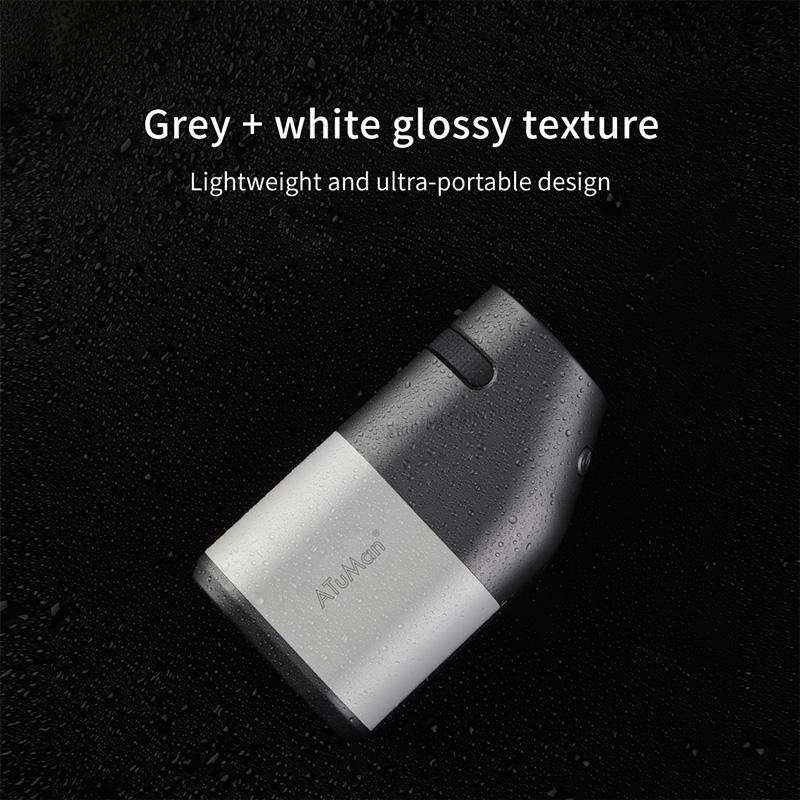
2、 Using a Rangefinder for Accurate Distance Measurement
Using a Rangefinder for Accurate Distance Measurement
In Arma, a rangefinder is a valuable tool that can greatly enhance your accuracy and effectiveness in combat situations. Whether you are a sniper trying to hit a distant target or a squad leader coordinating fire support, knowing the exact distance to your target is crucial. Here's a guide on how to use a rangefinder effectively in Arma.
1. Acquire a Rangefinder: In Arma, there are various types of rangefinders available, ranging from handheld devices to integrated scopes. Ensure you have a compatible rangefinder equipped or in your inventory.
2. Activate the Rangefinder: Press the designated key or button to activate the rangefinder. This will bring up the rangefinder's display, which may appear as a small window or overlay on your screen.
3. Aim at the Target: Align your weapon's sights or scope with the target you want to measure the distance to. Ensure that the target is within the rangefinder's effective range.
4. Measure the Distance: Look through the rangefinder's display and align the crosshairs or reticle with the target. The rangefinder will then calculate and display the distance to the target.
5. Adjust Your Aim: Armed with the accurate distance measurement, adjust your aim accordingly. This will help compensate for bullet drop and ensure a higher chance of hitting your target.
It's important to note that the effectiveness of a rangefinder can be influenced by factors such as weather conditions, terrain, and the type of rangefinder being used. Additionally, some advanced rangefinders may offer additional features like wind speed and angle compensation, which can further improve your accuracy.
In conclusion, using a rangefinder in Arma can significantly enhance your ability to engage targets accurately. By following these steps and practicing with different rangefinders, you can become a more effective marksman and increase your chances of success on the battlefield.
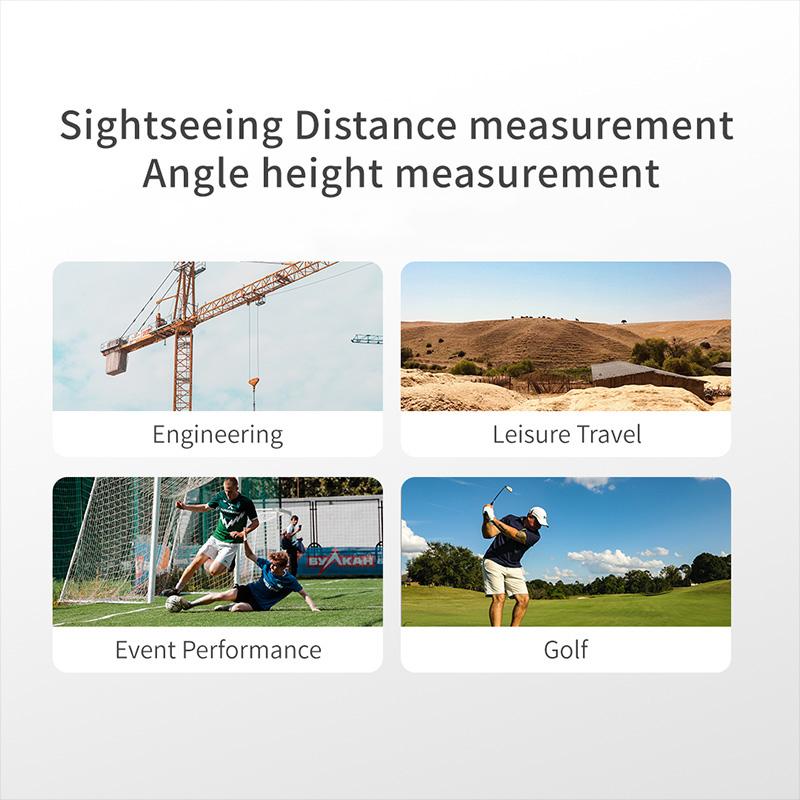
3、 Adjusting Settings and Modes on a Rangefinder Device
Adjusting Settings and Modes on a Rangefinder Device
To effectively use a rangefinder in Arma, it is crucial to understand how to adjust its settings and modes. A rangefinder is a valuable tool that can provide accurate distance measurements, helping you make precise shots and navigate the battlefield more effectively.
Firstly, familiarize yourself with the basic controls of the rangefinder. Most devices have buttons or dials to adjust settings such as brightness, mode selection, and unit of measurement. Refer to the user manual or in-game instructions to understand the specific controls of your rangefinder.
Next, adjust the brightness settings to ensure optimal visibility. Depending on the lighting conditions, you may need to increase or decrease the brightness level. This will help you clearly see the distance readings and other information displayed on the device.
Once the brightness is set, select the appropriate mode for your needs. Rangefinders often offer different modes such as distance measurement, angle compensation, and target tracking. Distance measurement mode is the most commonly used, providing accurate readings of the distance between you and the target. Angle compensation mode takes into account the angle of the shot and adjusts the distance accordingly, ensuring more accurate calculations. Target tracking mode allows you to continuously track a moving target and provides real-time distance updates.
Lastly, ensure that the rangefinder is set to the desired unit of measurement, such as meters or yards. This will ensure that the distance readings are displayed in a format that you are comfortable with and accustomed to.
In conclusion, mastering the settings and modes of a rangefinder in Arma is essential for maximizing its effectiveness. By adjusting the brightness, selecting the appropriate mode, and setting the unit of measurement, you can make accurate distance calculations and improve your overall performance on the battlefield.
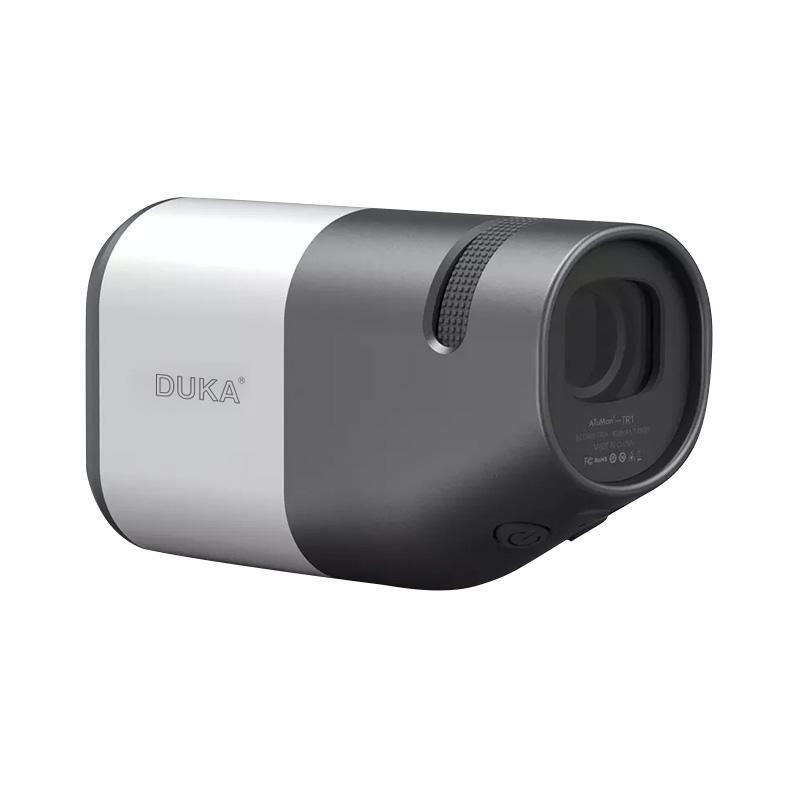
4、 Tips for Using a Rangefinder in Different Environments
Tips for Using a Rangefinder in Different Environments
A rangefinder is a valuable tool for accurately measuring distances in various environments, including hunting, golfing, and military operations. Here are some tips to help you make the most of your rangefinder in different settings:
1. Understand the Basics: Familiarize yourself with the features and functions of your rangefinder. Read the user manual thoroughly to understand how to operate it effectively.
2. Calibrate for Accuracy: Before using your rangefinder, ensure it is properly calibrated. This will help ensure accurate distance measurements.
3. Consider the Environment: Different environments may require different techniques for using a rangefinder. For example, in open fields or golf courses, it is easier to measure distances accurately. However, in dense forests or urban areas, obstacles can interfere with measurements. Be aware of these factors and adjust your approach accordingly.
4. Steady Your Hand: To obtain accurate readings, it is crucial to stabilize your rangefinder. Use a tripod or rest it on a stable surface to minimize shaking and improve accuracy.
5. Practice Estimation: While rangefinders are excellent tools, they may not always be practical or accessible. Practice estimating distances visually to develop a backup skill.
6. Account for Slope: Some rangefinders have slope compensation features that adjust distance measurements based on the incline or decline of the target. If your rangefinder has this feature, learn how to use it effectively to account for slope and improve accuracy.
7. Consider Weather Conditions: Weather conditions such as rain, fog, or extreme heat can affect the performance of your rangefinder. Be aware of these factors and adjust your expectations accordingly.
8. Keep it Clean: Regularly clean the lenses and body of your rangefinder to maintain optimal performance. Use a soft cloth and lens cleaning solution to remove dirt, dust, and smudges.
Remember, practice makes perfect. Spend time familiarizing yourself with your rangefinder and its features to become proficient in using it effectively in different environments.
